
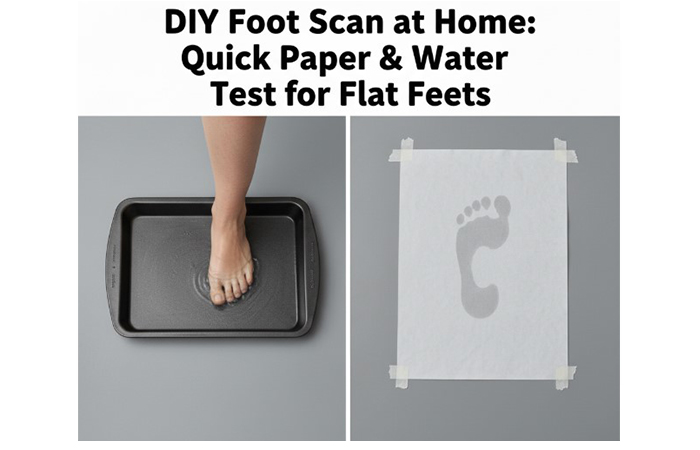
Flat feet, or a low arch, can affect posture, movement, and comfort. Today, more people than ever are searching for easy ways to screen themselves at home and make better shoe, orthotic, and health decisions. In 2025, DIY foot scanning has gotten easier, more reliable, and is even supported by podiatrists as a first line for self-assessment. Discover the complete guide to using the paper and water test to check for flat feet, along with trends, opportunities, and suggested visuals for your blog.
Flat feet don’t always hurt, but they can increase the risk for:
Knowing if you have flat feet (or high/normal arches) means you can:
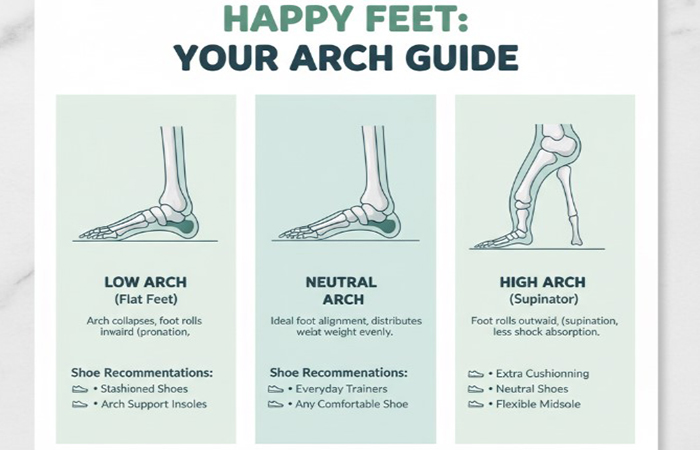
This simple home test is endorsed by podiatrists and physiotherapists worldwide.
Materials Needed:
Instructions:
Repeat for both feet, as some may differ.
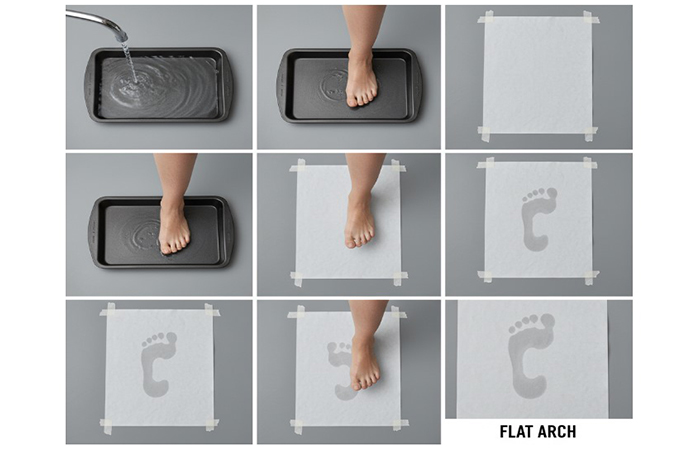
Tip: Compare your print with reference images or simple guides online for confirmation.
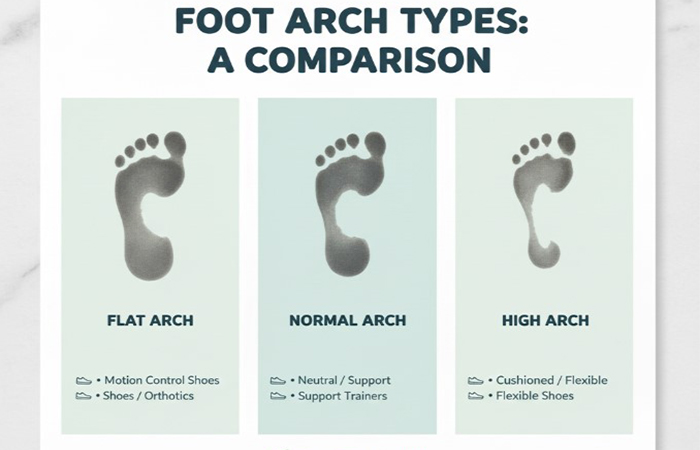
Look for:
Try Orthotics or Insoles
Focus on:
Track any pain or fatigue during walking, running, or standing. Seek podiatric advice if discomfort persists
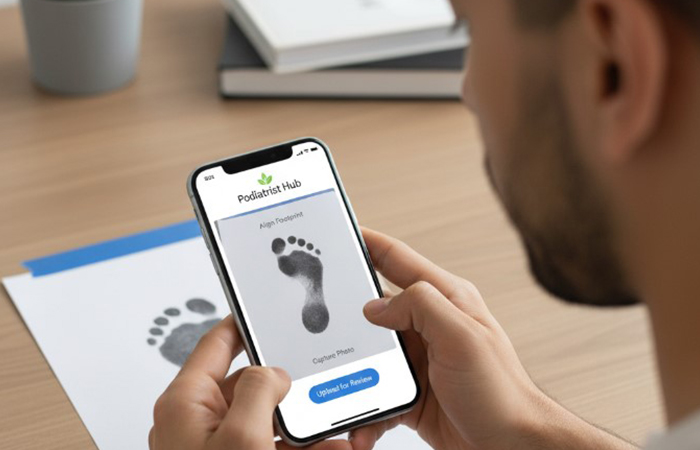
Yes—this screening method is widely used and considered accurate for classifying arch height. For diagnosis of complex conditions, always consult a professional.
Can children use this test?Absolutely! In fact, kids often “grow out” of flexible flat feet; repeated testing can track arch development.
When should I see a podiatrist?Persistent pain, injury, or trouble with movement should prompt a professional consult—sometimes advanced tests (X-ray, gait analysis) are recommended
Checking for flat feet at home is simple, affordable, and valuable. With a few household materials, you can take proactive steps towards better foot health, smarter shoe choices, and injury prevention. The paper & water test makes this accessible to millions, and with new tech and healthcare trends, home assessment is now a part of mainstream wellness.
Whether you’re an athlete, parent, or wellness enthusiast, add this DIY foot scan to your health toolkit—and spread the word about proper foot care in 2025 and beyond!